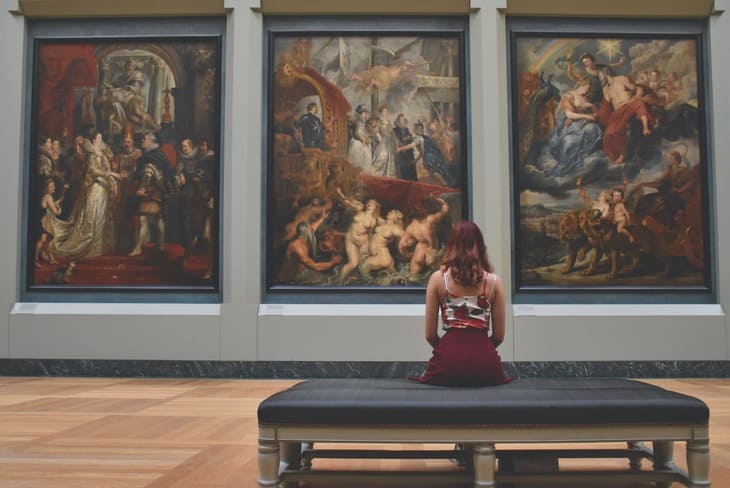In the ever-evolving landscape of the art world, gallery exhibitions play a pivotal role in shaping and reflecting the cultural zeitgeist. This blog delves into the dynamic relationship between current trends in gallery exhibitions and their profound influence on culture.
The Evolution of Gallery Exhibitions:
Over the years, gallery exhibitions have transformed from traditional displays of art to immersive experiences that push boundaries and challenge societal norms. The evolution of these exhibitions mirrors the constant flux in cultural values and perspectives.
Exploring Artistic Movements:
Artistic movements showcased in gallery exhibitions act as cultural markers, reflecting the collective consciousness of a society at a given time. From surrealism to minimalism, each movement leaves an indelible imprint on the cultural landscape.
Technology's Impact on Gallery Exhibitions:
In the digital age, technology has revolutionized the way gallery exhibitions are curated and experienced. Virtual exhibits and interactive installations redefine the boundaries of traditional art spaces, contributing to a globalized cultural exchange.
Diversity and Inclusivity in Gallery Spaces:
Current trends emphasize the importance of diverse voices and perspectives in gallery exhibitions. Inclusivity becomes a driving force, breaking down barriers and amplifying underrepresented narratives, fostering a more culturally rich environment.
The Influence of Social and Political Movements:
Gallery exhibitions are increasingly becoming platforms for artists to engage with pressing social and political issues. Activism through art is on the rise, influencing cultural conversations and challenging the status quo.
Consumer Trends and the Art Market:
The art market, closely tied to gallery exhibitions, reflects consumer trends and preferences. As art becomes more accessible, the dynamics of buying and collecting are shifting, impacting the artists' ability to make a cultural impact.
Curation as a Cultural Commentary:
Curators play a crucial role in shaping the narrative of gallery exhibitions. The choices they make reflect not only artistic merit but also cultural significance, influencing how the audience interprets and engages with the displayed works.
Environmental Consciousness in Art:
Current trends in gallery exhibitions highlight a growing awareness of environmental issues. Artists use their platforms to address climate change and sustainability, adding an ecological dimension to cultural discourse.
The Blurring Lines Between High and Low Art:
Gallery exhibitions challenge the traditional hierarchy of art by blurring the lines between high and low culture. Street art, pop culture references, and everyday objects find a place alongside more classical forms, reflecting a democratization of artistic expression.
Interactive Experiences and Audience Engagement:
Gallery exhibitions are no longer static displays; they have become interactive experiences that encourage audience engagement. The fusion of art and technology allows viewers to participate actively, transforming the passive observer into an integral part of the cultural conversation.
Globalization and Cross-Cultural Influences:
In an interconnected world, gallery exhibitions serve as conduits for cross-cultural exchanges. Artists draw inspiration from diverse traditions, resulting in a fusion of styles that reflects the interconnectedness of our globalized society.
The Role of Social Media in Cultural Amplification:
Social media platforms amplify the impact of gallery exhibitions, making art more accessible to a global audience. Hashtags, online galleries, and virtual tours democratize the art-viewing experience, reshaping cultural conversations.
Post-Pandemic Resilience in the Art World:
The COVID-19 pandemic has prompted a reevaluation of gallery exhibition formats. The resilience of the art world is evident as galleries adapt to new realities, incorporating virtual elements while maintaining the essence of physical exhibitions.
Art as a Catalyst for Cultural Reflection:
Gallery exhibitions serve as mirrors reflecting the cultural landscape. Artists respond to societal shifts, challenging norms and sparking conversations that shape the collective identity. Art becomes a powerful catalyst for cultural reflection and evolution.
In the ever-evolving dance between gallery exhibitions and culture, it is evident that art is not a passive reflection but an active participant in shaping our world. The current trends in gallery exhibitions showcase a vibrant interplay between tradition and innovation, creating a cultural tapestry that evolves with each stroke of the artist's brush.

